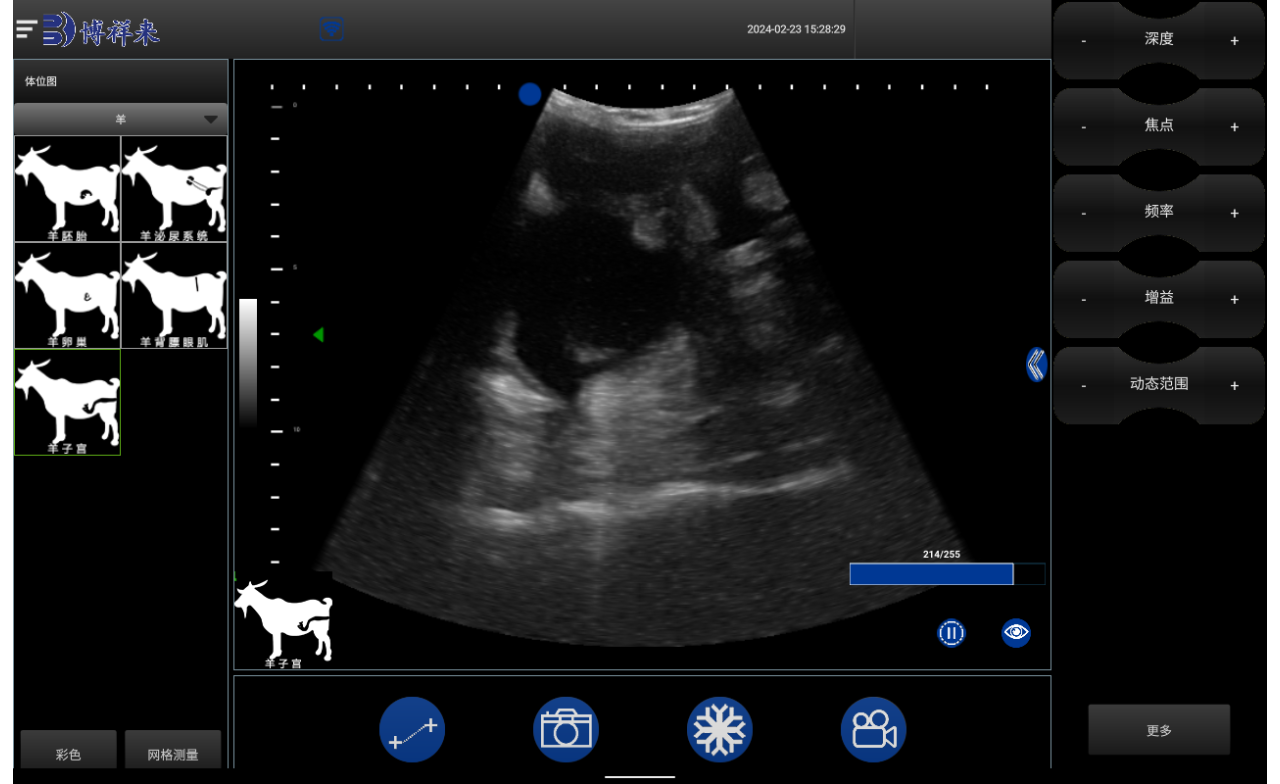Ultrasound scanning services provide cattle breeders with the opportunity to assess the carcase quality of their cattle by measuring muscle and fat levels in the live animal. This information is then analysed to identify superior breeding lines.

Why use ultrasound to assess muscling?
While this measurement simply reflects muscle depth across the loin, research indicates that selective breeding for muscle depth can greatly enhance total muscle yield.
Raw data or Estimated Breeding Values (EBVs)?
As with any raw performance data, muscle and fat depth measurements are affected by non-genetic factors, such as age at scanning and herd nutrition. It is important that breeders select on the basis of muscle and fat depth EBVs, rather than on the raw data alone.
What is involved?
Cattle are scanned between 350 and 500 days of age. Liquid paraffin is applied to the hide to assist acoustic contact and the technician places the transducer across the last rib and latterly the third lumber vertebrae to get two images.
As each image is taken the picture is frozen and linear measurements of muscle and fat depths taken on the screen. A single measure of muscle depth and eight measures of fat depth are taken. These measurements are then submitted to Signet for inclusion in the forthcoming breeding evaluation.
Helping the scanning technician
To make the most efficient use of your technician we suggest:
- All cattle are presented for scanning as the analysis involves comparisons with contemporaries. Only late-born calves or animals in poor health should be excluded
- A crush is required so that the cattle can be restrained and weighed at scanning time
- The handling should take place undercover, and mains power is necessary at the scanning point
- Notify the technician about any groups of cattle that have been managed differently, so this can be recorded
- Please have your Beefbreeder records to hand in case there are any queries relating to animal identities.
tags:


